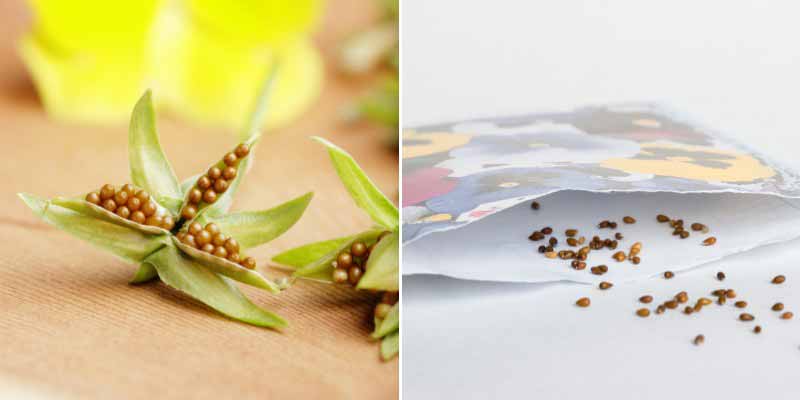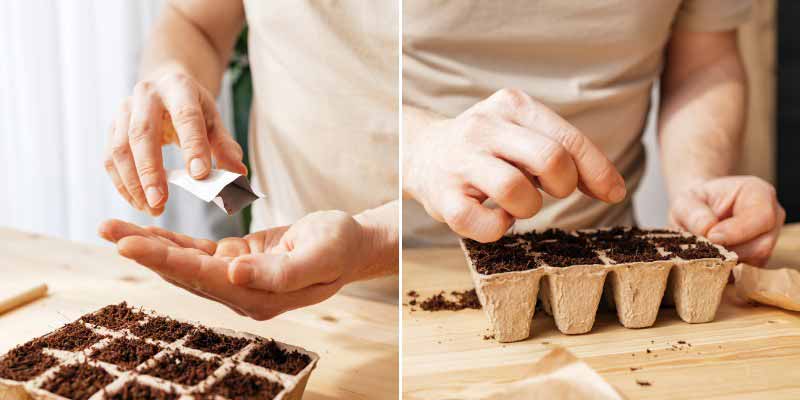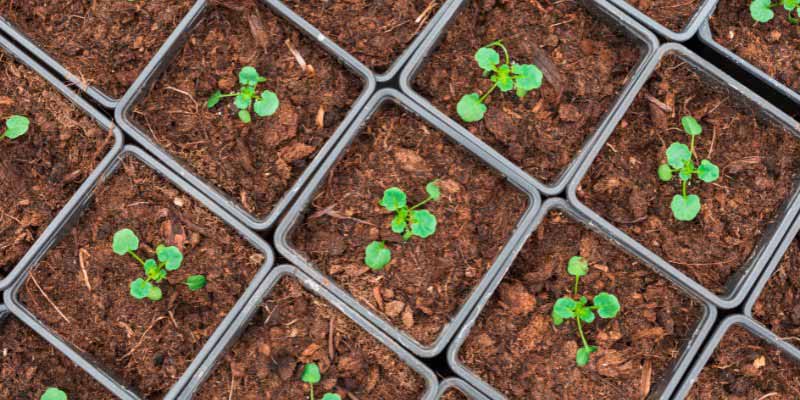Pansies are much appreciated for their colourful flowers, which are declinate in bright, vivid tones, often maculate with darker spots. Generally grown in pots or window boxes, they are ideal to bring a splash of colour to window sills, balconies and terraces. They can also make splendid flowerbeds or be planted at front of borders. They have advantage of flowering even in autumn and winter, when flowers are scarce. They are easy to grow and require little care. To obtain new young plants, ideal is to sow them, although it is also possible to divide clumps or to propagate them. Discover all our tips to succeed in sowing pansy seeds!
Find full range of pansy seeds, as well as full factsheet to succeed in their cultivation: "Pansies: cultivation, sowing, planting and maintenance".
When to sow pansies?
Choose sowing period according to when you want your pansies to flower. It is possible to stagger sowings so that your pansy young plants flower at different times. However, ideal is to sow pansies in summer, between June and August, which allows young plants to develop before first frosts and to flower in autumn and winter. It is also possible to sow in late winter, around February, under a cold frame, so young plants will flower in spring and summer.

Equipment needed
Before starting, make sure you have all equipment needed. Here is what you will need :
- Pansy seeds : you can harvest them from your plants or buy them. If you collect seeds from your pansy plants, new young plants may produce flowers of a different colour to the original.
- A light compost, ideally seed compost, fine and well drained. You can also mix it with a little sand to improve drainage.
- A seed tray or buckets.
- A watering can with a fine rose, or a spray bottle.
- Seed labels.

How to do it?
- Fill seed tray or buckets with seed compost. Press compost down lightly to obtain a flat, even surface, but do not compact it too much to allow air to circulate in substrate.
- Distribute seeds evenly across surface of compost. You can sow fairly densely, as you will prick them out later.
- Cover seeds with a very fine layer of sieved compost. A few millimetres suffice (1 to 2 mm maximum), as pansies need light to germinate. Then gently press surface to ensure seeds are in contact with compost.

- Water gently with a spray bottle or a watering can fitted with a fine rose. It is important to moisten compost without drowning seeds, because excess water could move them or cause rot.
- Place seed tray or buckets in a bright spot, but sheltered from direct sun, since this could dry compost or burn young shoots. If sowing in late winter, place buckets under a cold frame or in an unheated greenhouse to protect from cold while providing enough light.
- Keep compost moist, watering once or twice a week. Moisture is crucial for good germination, but take care not to overwater to avoid rotting young plants.
- About one month after sowing, when young shoots have 2 or 3 true leaves, prick them out into individual buckets. This will allow further development before transplanting into window boxes or outdoors.

































Comments